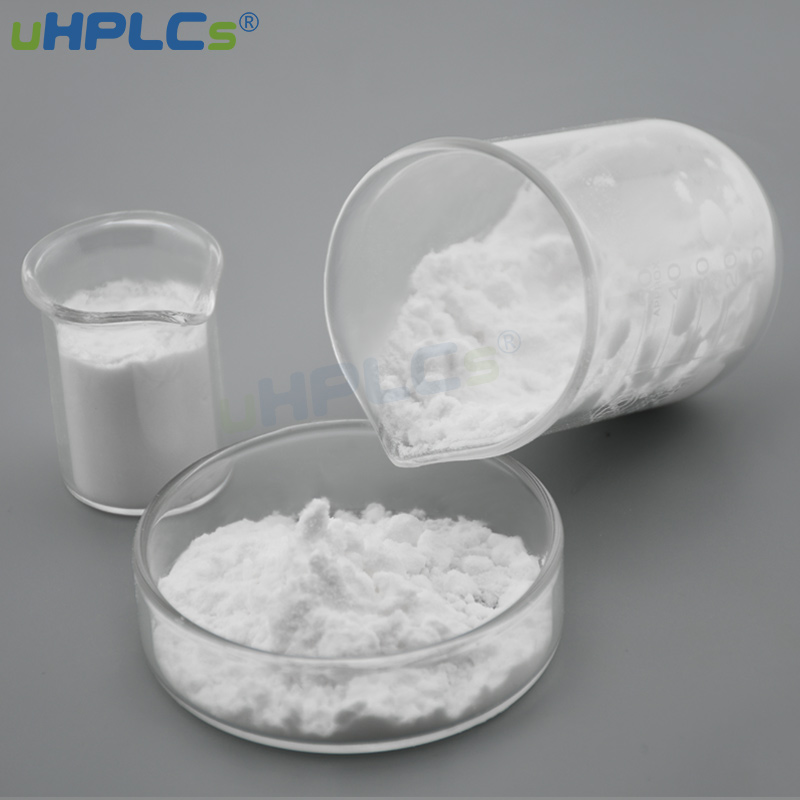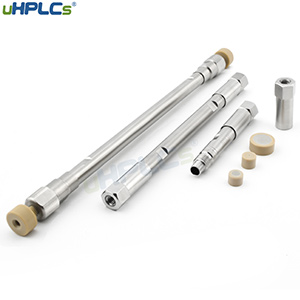When UHPLC is first used for small molecule separation, good peak shape is obtained, but protein peak separation is not nearly as good, so it is usually not possible to reduce run time significantly. However, recent improvements to proteins allow UHPLC to provide better separation and shorter uptime. While UHPLC doesn’t allow scientists to see all the differences between proteins all of the time, it does allow them to see some differences — for example, in gross morphology, disulfide isomers, deamination, and protein folding. Protein researchers use different chromatographic modes to achieve this goal, such as reverse phase chromatography (RPC), ion exchange chromatography (IEX), and size exclusion (SEC) chromatography.
In order to successfully isolate subtle changes in proteins, fragile protein samples can be protected from external factors by instrumental controls that have biocompatibility and accurate temperature control during storage and separation. Many protein researchers use ultra performance liquid chromatography to isolate proteins prior to mass spectrometry (MS) analysis. This can work well, depending on the pattern of UHPLC analysis.
The improved particle technology of chromatographic filler has also significantly promoted the improvement of protein analysis. Traditionally, UHPLC has defined small molecules as columns of fully porous particles less than 2 microns in diameter. However, these do not work well with larger proteins because they can cause increased back pressure, clogging of liquid chromatography columns, and other instrument maintenance problems. To address this problem, improved chromatographic fillers using core-shell particles (also known as surface porous, geometric, fusion nuclei or mixed particles) made from solid spherical inner layers surrounded by porous outer layers can improve the separation efficiency of UHPLC for handling larger proteins.
The USHA and USHB series of fillers have the advantages of good reproducibility, selectivity and high separation from 1.8 particle sizes to 200, 300 and even larger sizes. Unique bonding mode can achieve 100% water phase condition. Whether reversed-phase analysis or posised-phase analysis, suitable columns can be found to efficiently analyze vitamins, steroids, proteins, monosaccharides, polysaccharides, amino acids and other substances.
UHPLC applications are expanding and increasingly include biologic therapeutics. Core-shell particles are commonly used to isolate immunoglobulins, and IgG therapy accounts for the lion’s share of protein therapy work today. In the future, ultra performance liquid chromatography may achieve further technical development in core-shell particles and research and biopharmaceutical applications. At the intersection of chemistry and biology, UHPLC for proteins is ready to enter a range of interesting applications.
Post time: Jun-09-2022








